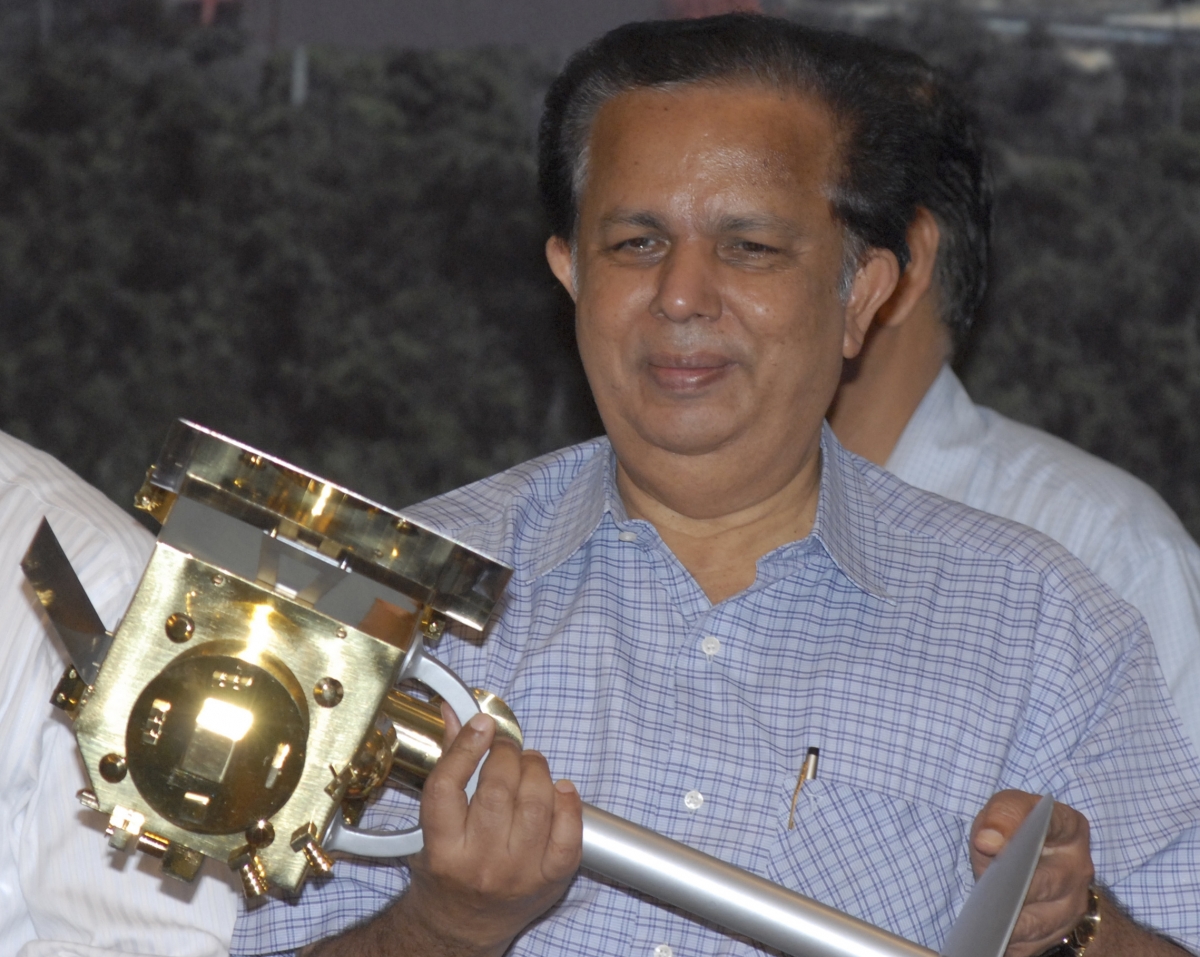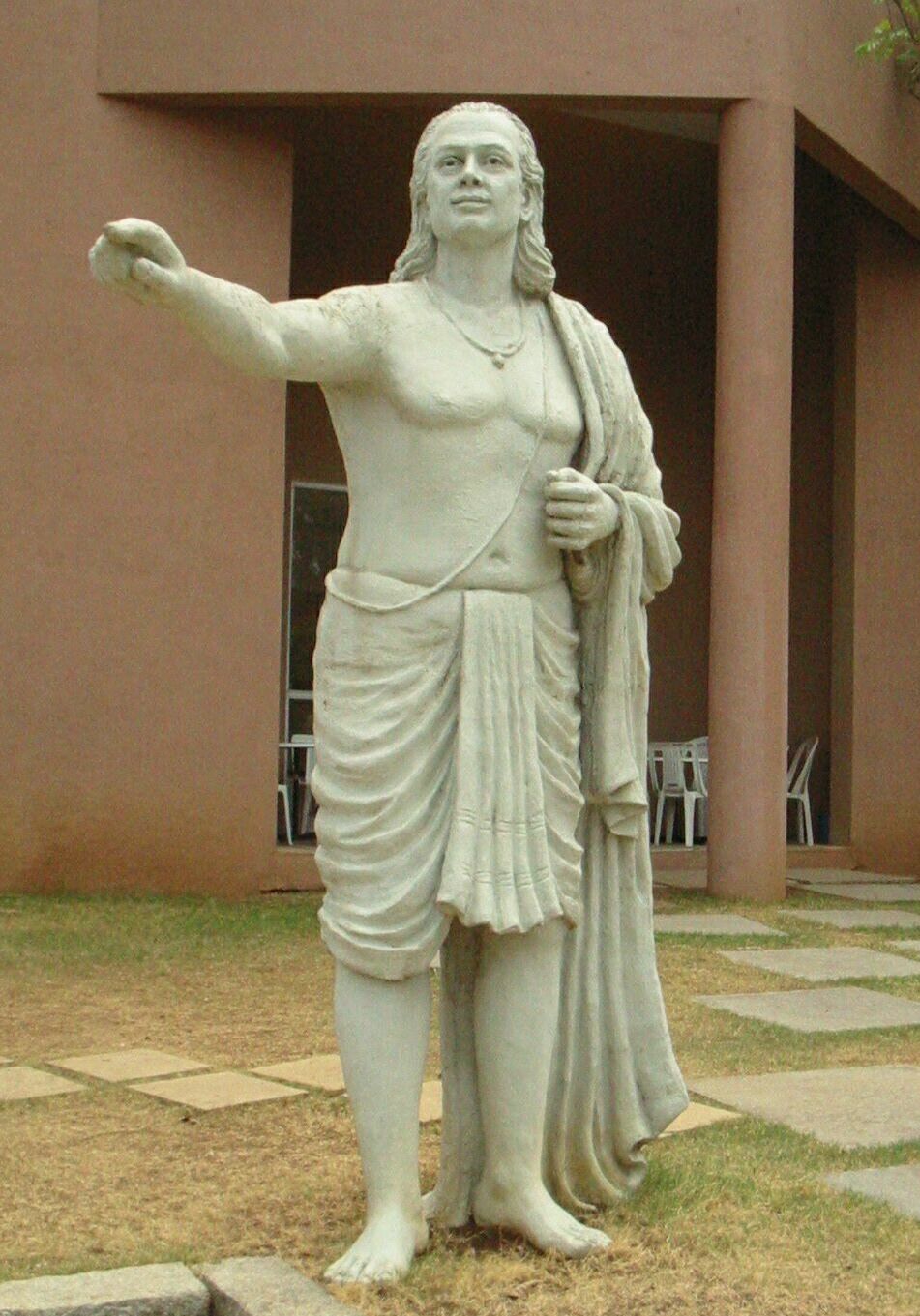Former ISRO chairman G Madhavan Nair came up with an interesting statement on Monday. He said the fifth century mathematician-astronomer Aryabhatta had information about gravitational force even before Issac Newton discovered it.
"We are really proud that Aryabhatta and Bhaskara have done extensive work on planetary work and exploration of outer planets. It was one of the challenging fields. Even for Chandrayaan, the equation of Aryabhata was used. Even the (knowledge of) gravitational field... Newton found it some 1500 years later... the knowledge existing (in our scriptures)," the Padma Vibhushan awardee said, according to a PTI report.
A prominent scientist, Nair was speaking at an international conference on Vedas, when he put forth another idea that the Vedas have shlokas that talk about metallurgy, algebra, astronomy, maths, architecture, astrology and presence of water on the moon.
"Some sholkas in one of the Vedas say that there is water on the moon but no one believed it. Through our Chandrayaan mission, we could establish that and we were the first ones to find that out," Nair said.
The 71-year-old scientist said that the modern science failed to believe the Vedas as it was in a "condensed format". He also said that shlokas that have information on maths, geography and astronomy were in chaste Sanskrit, making it difficult to understand and decipher.



















